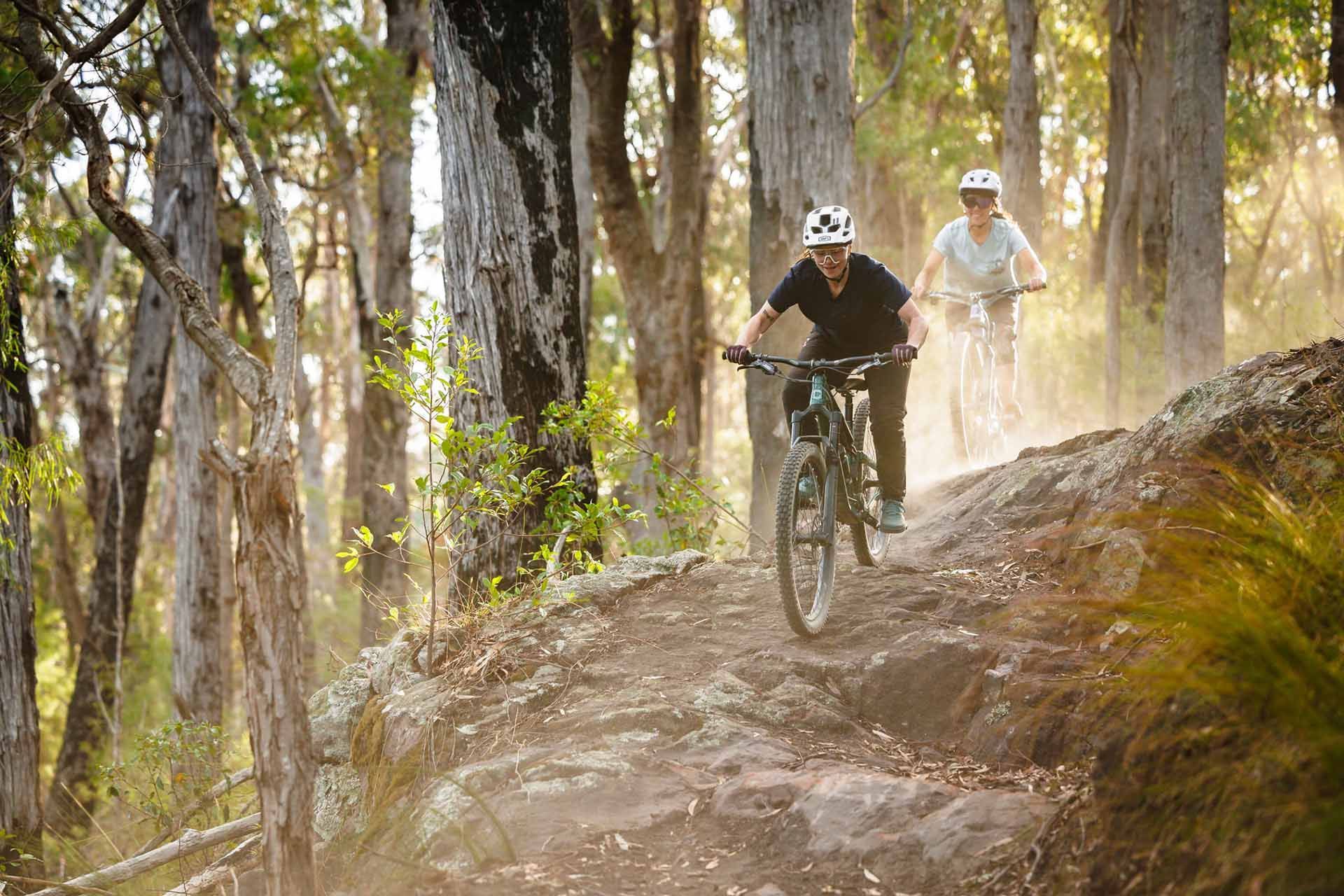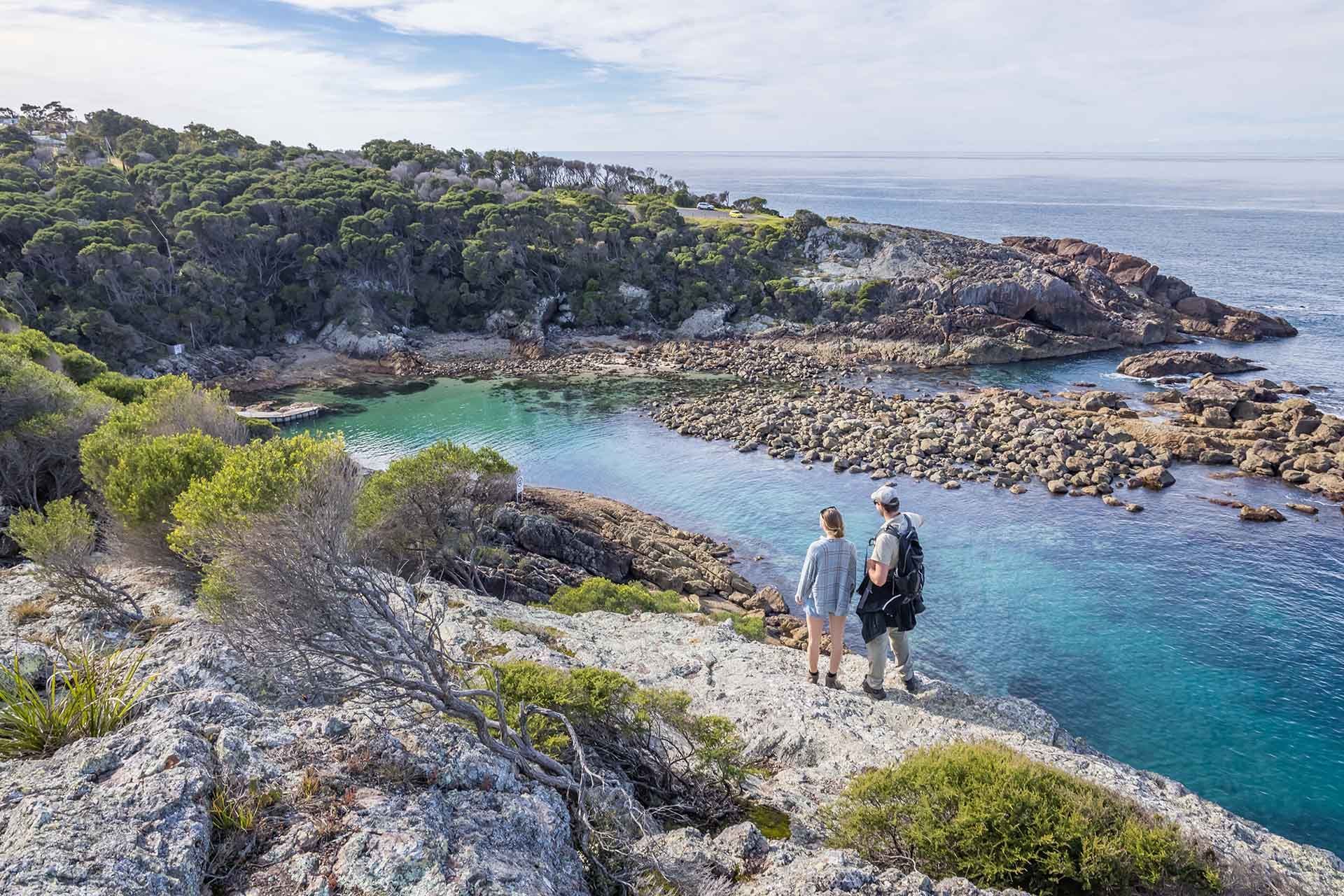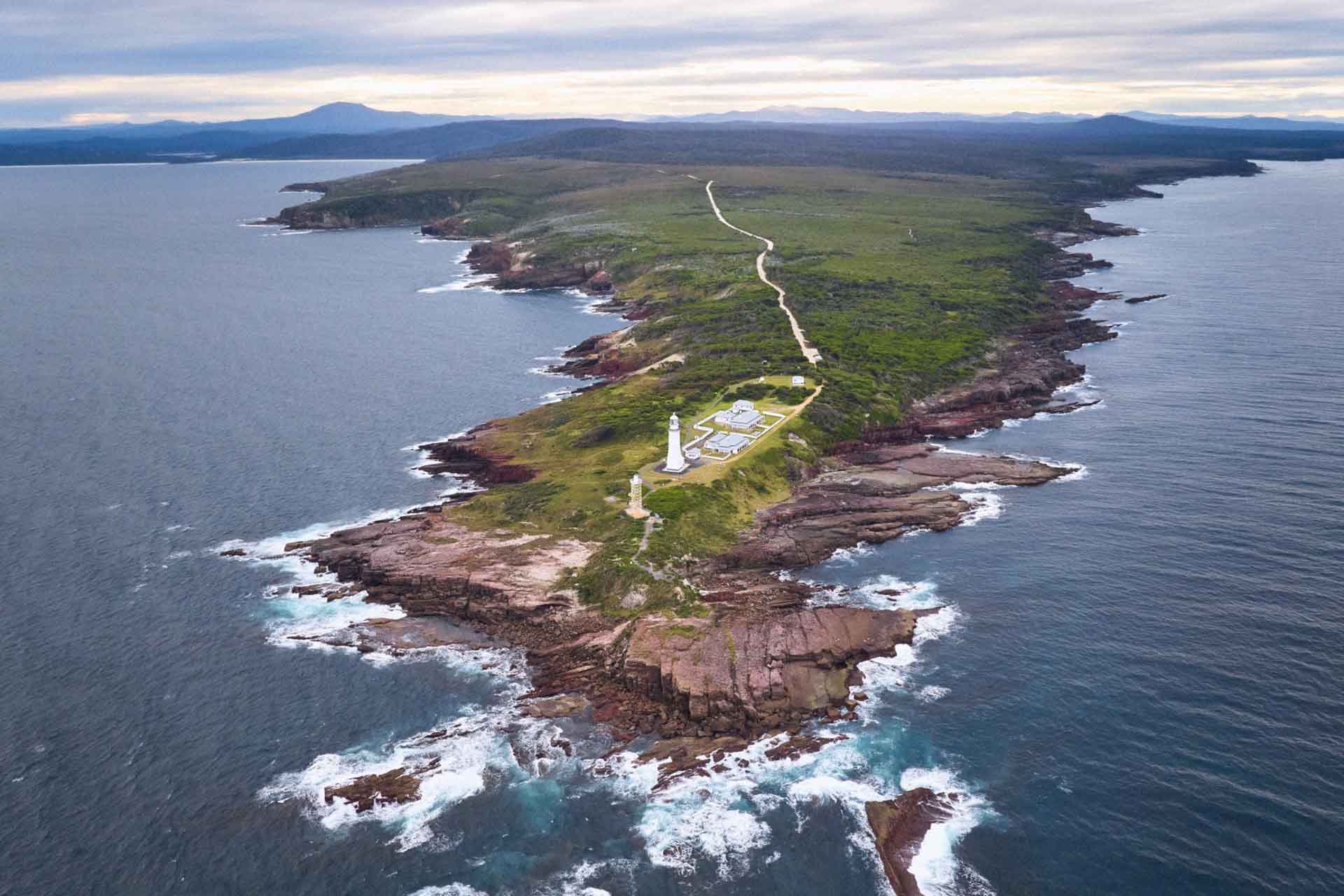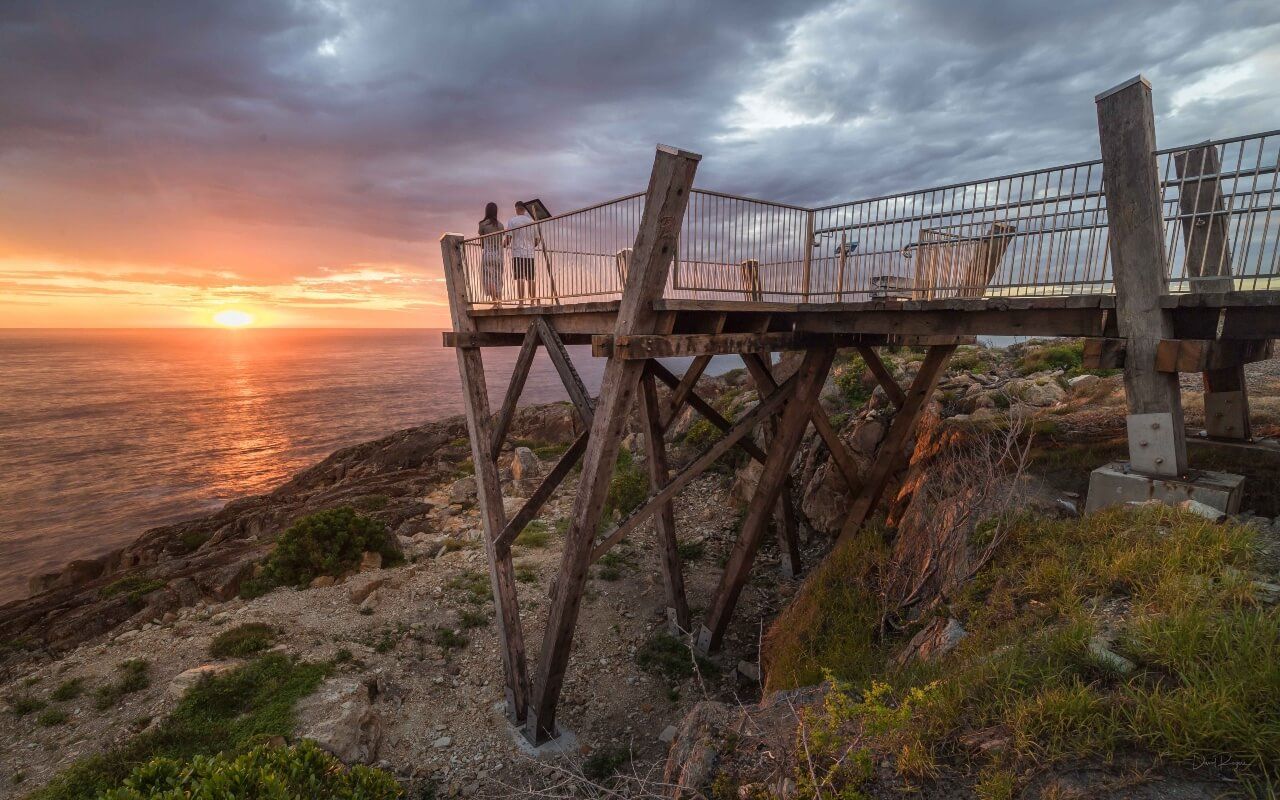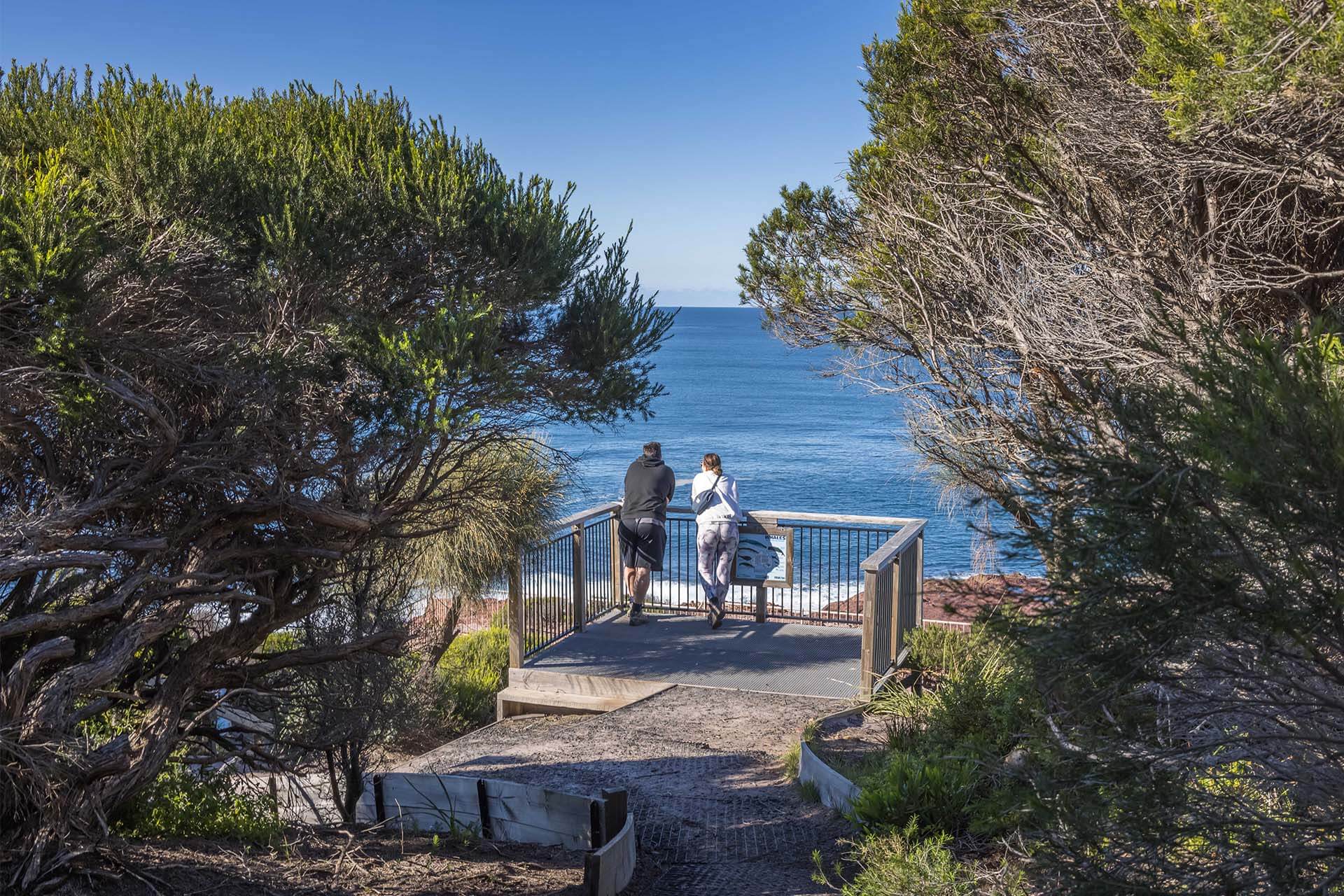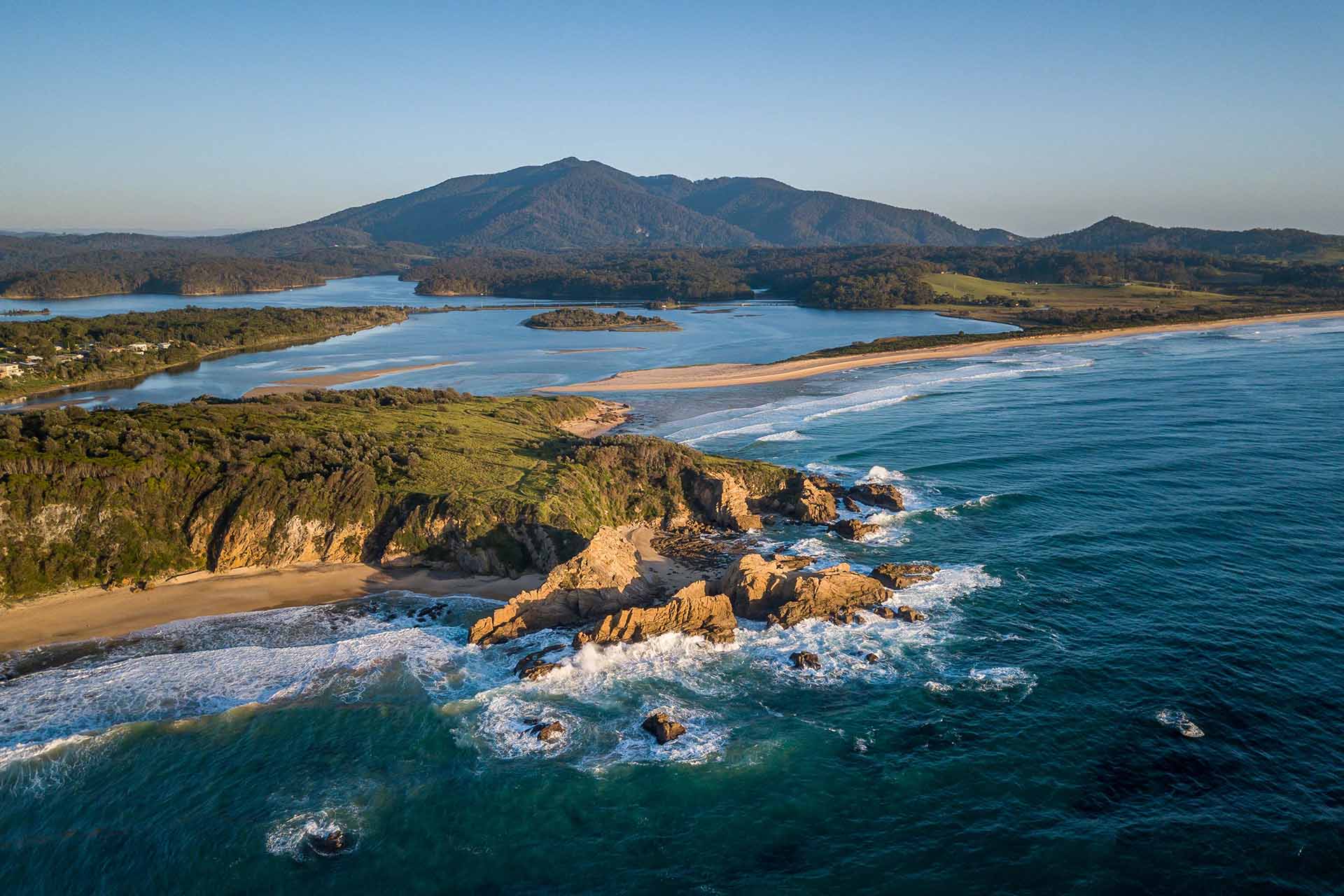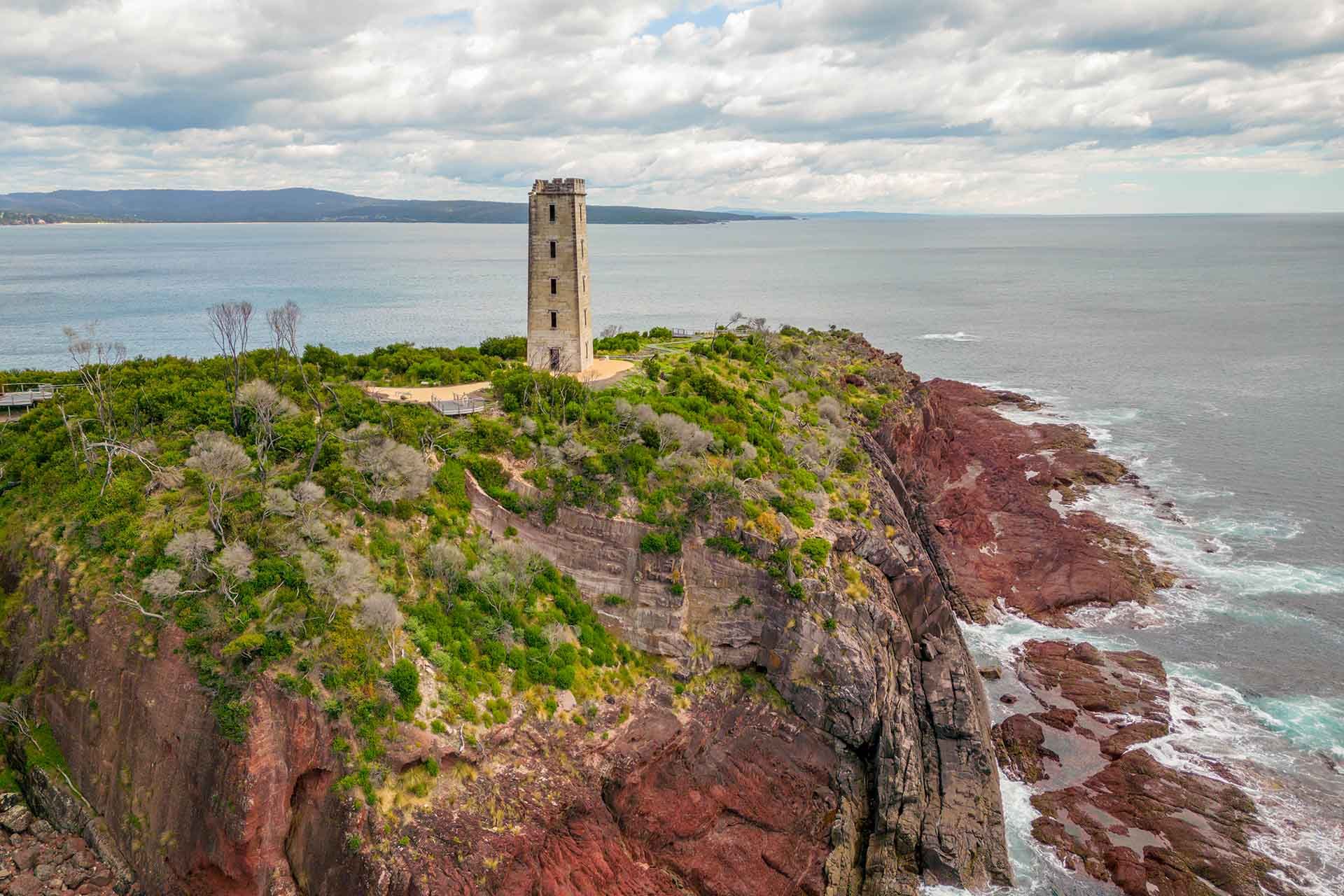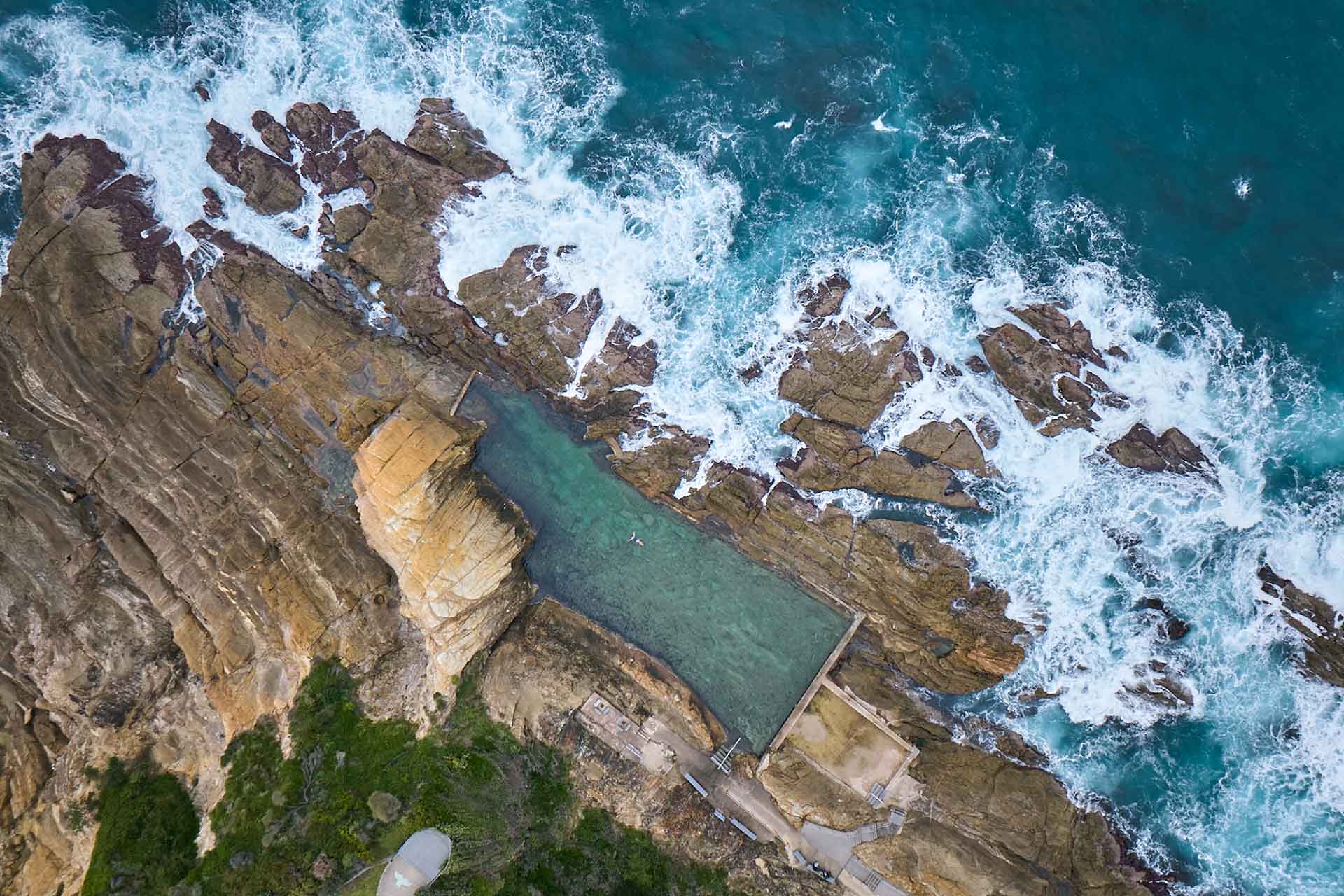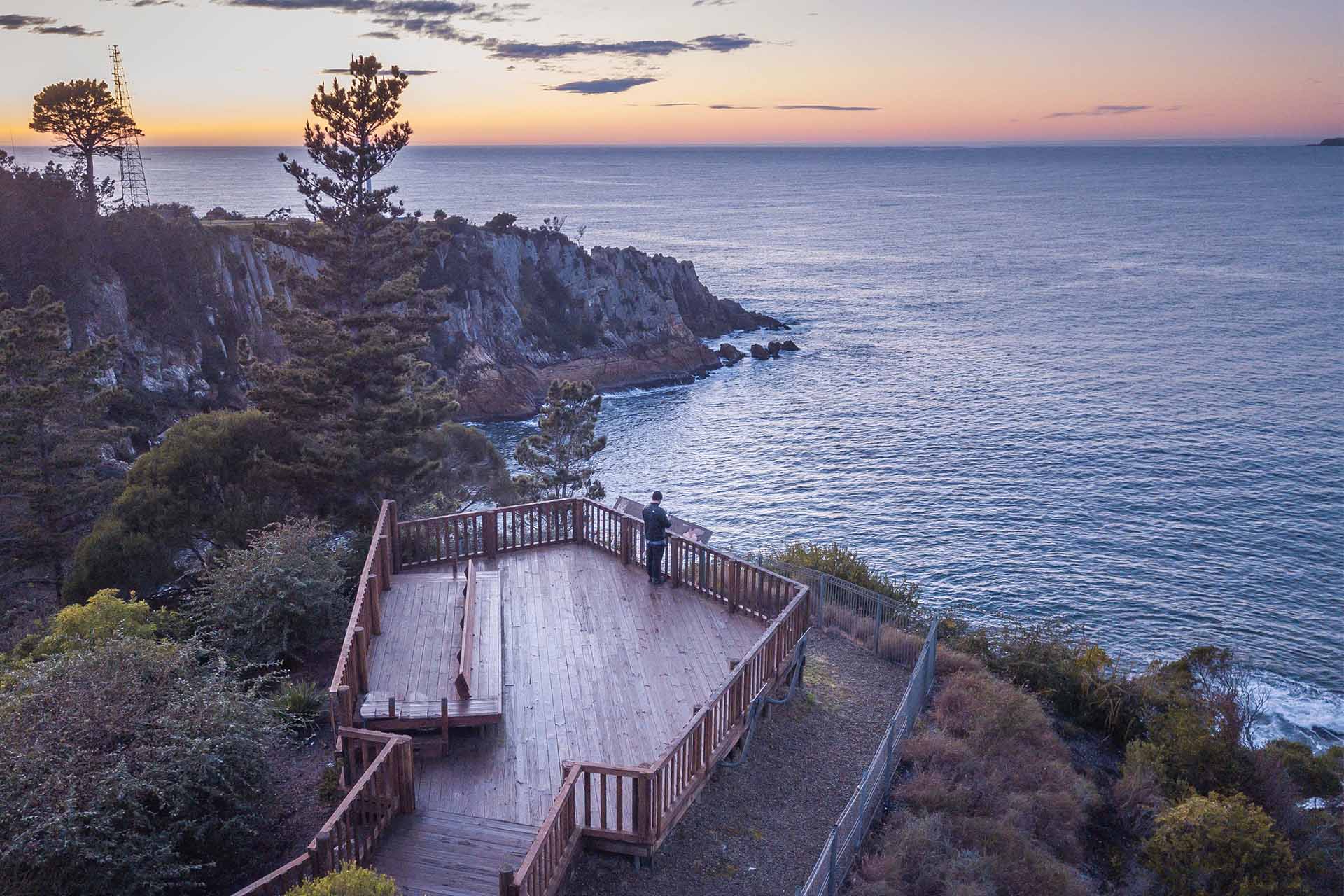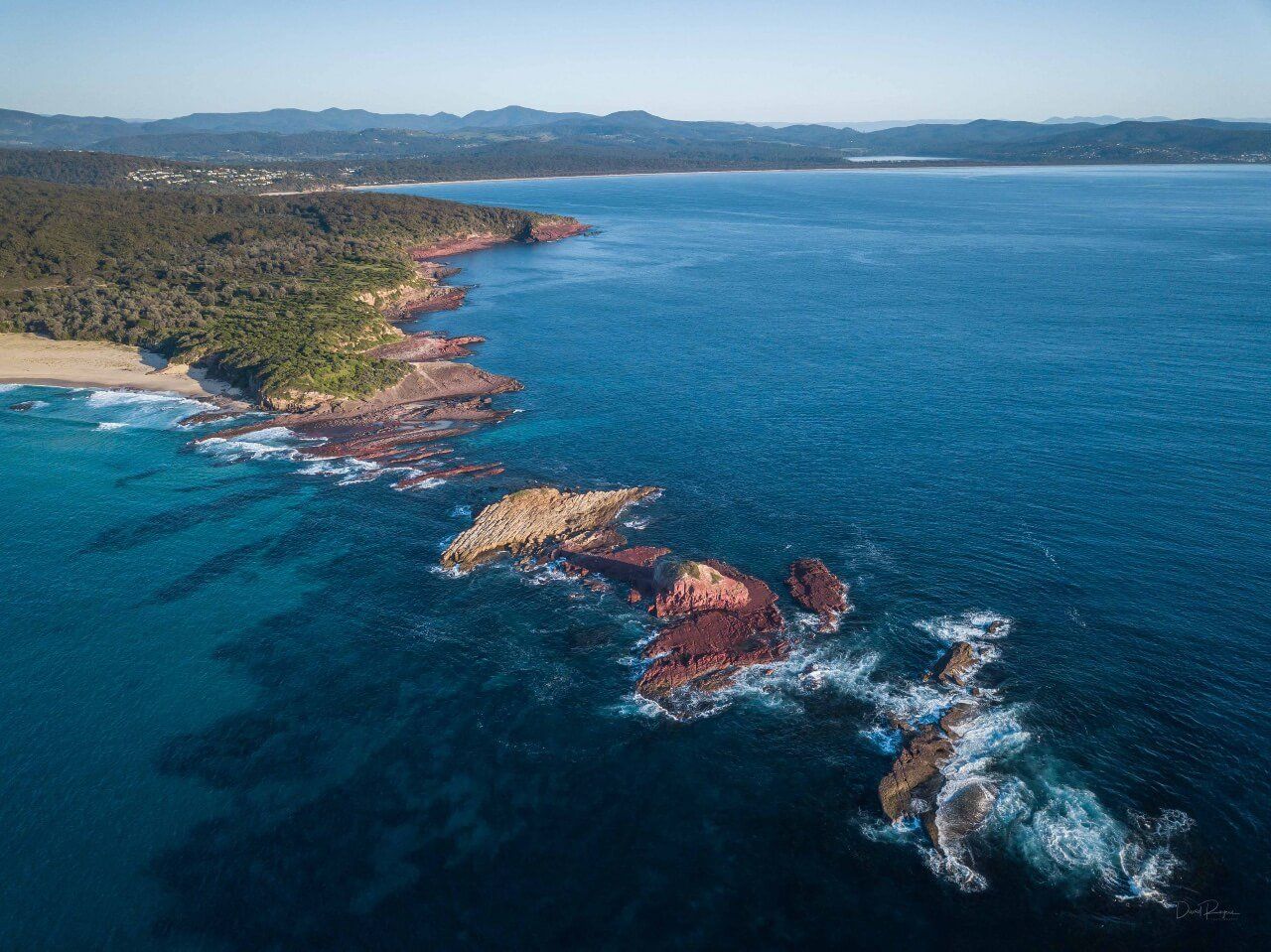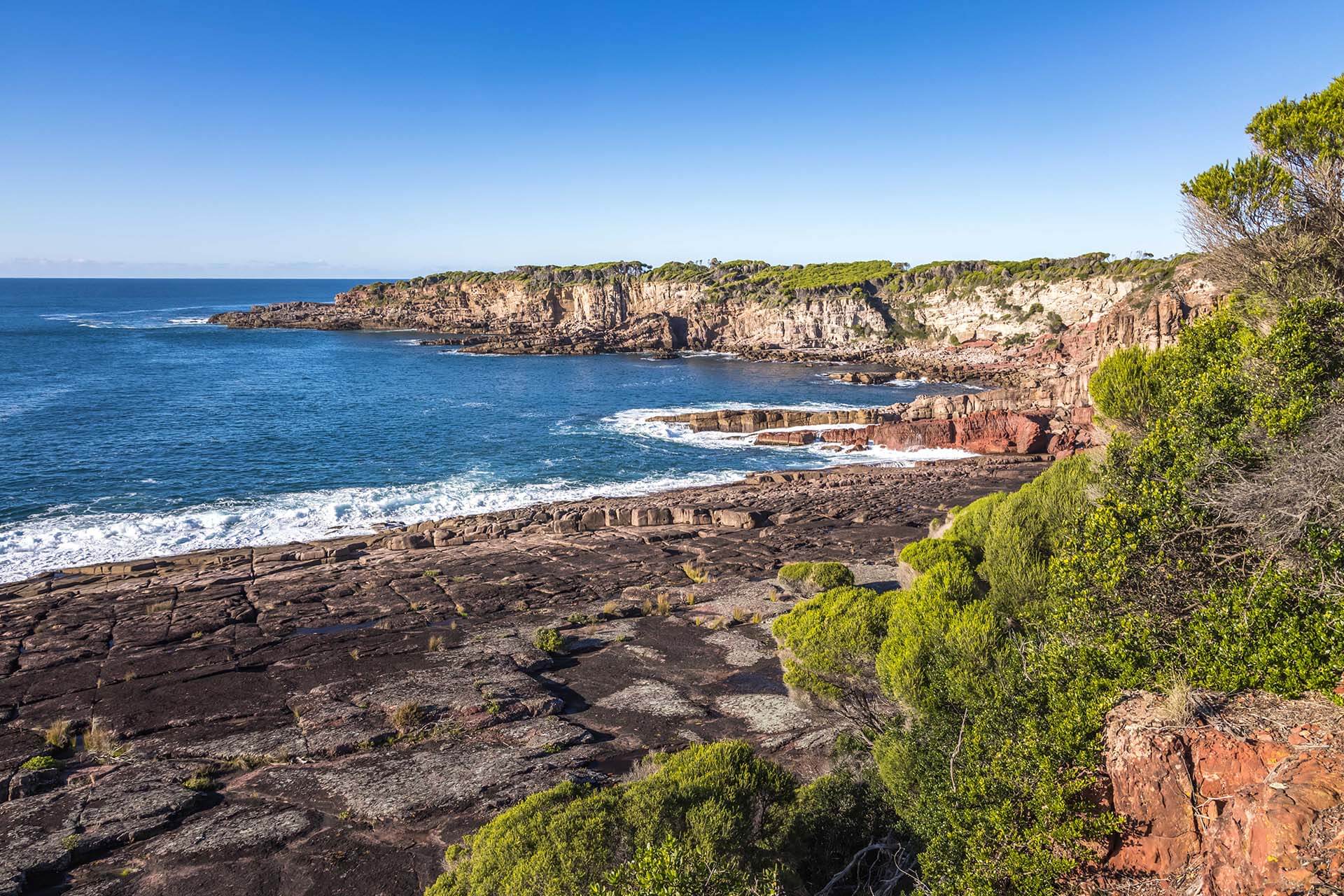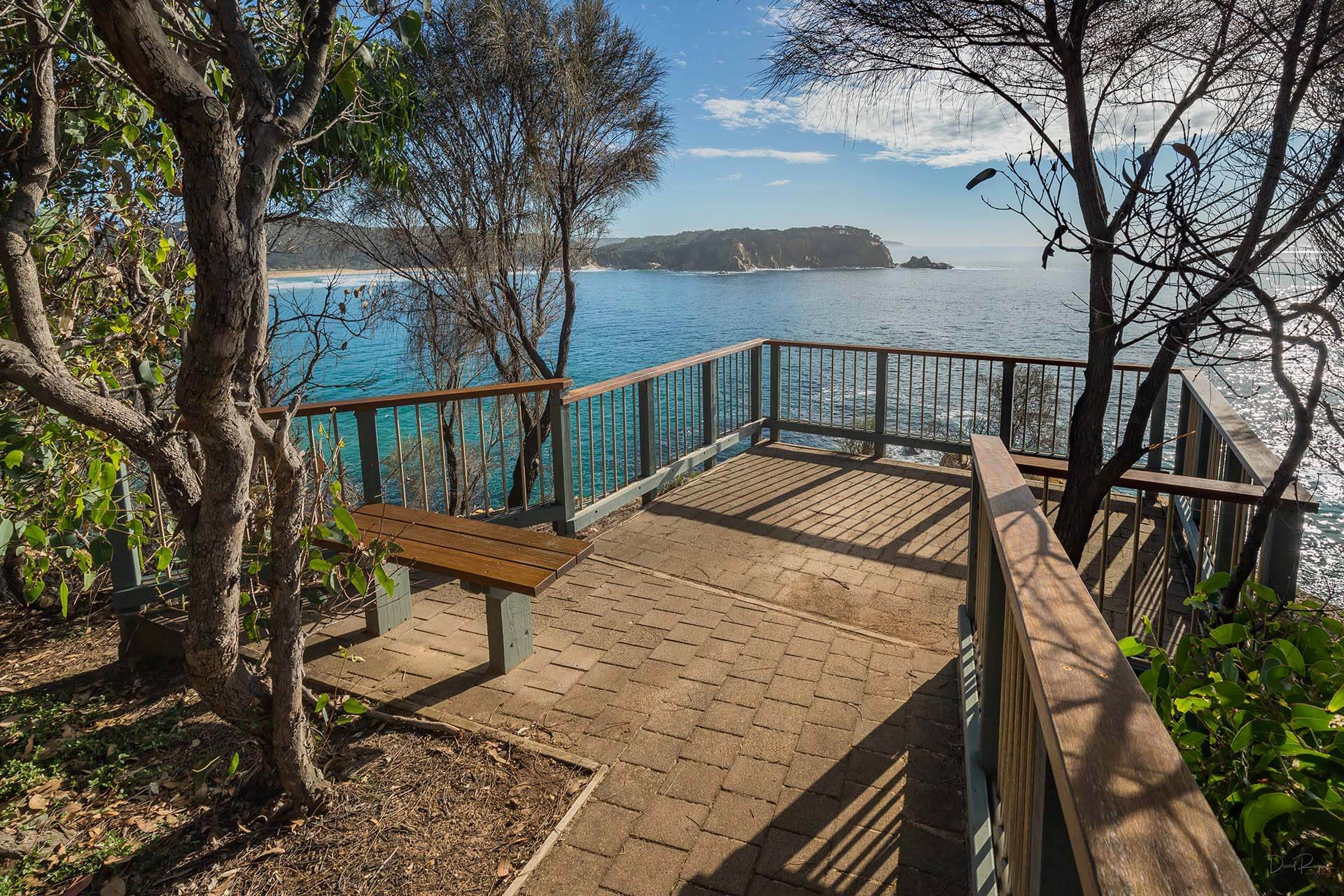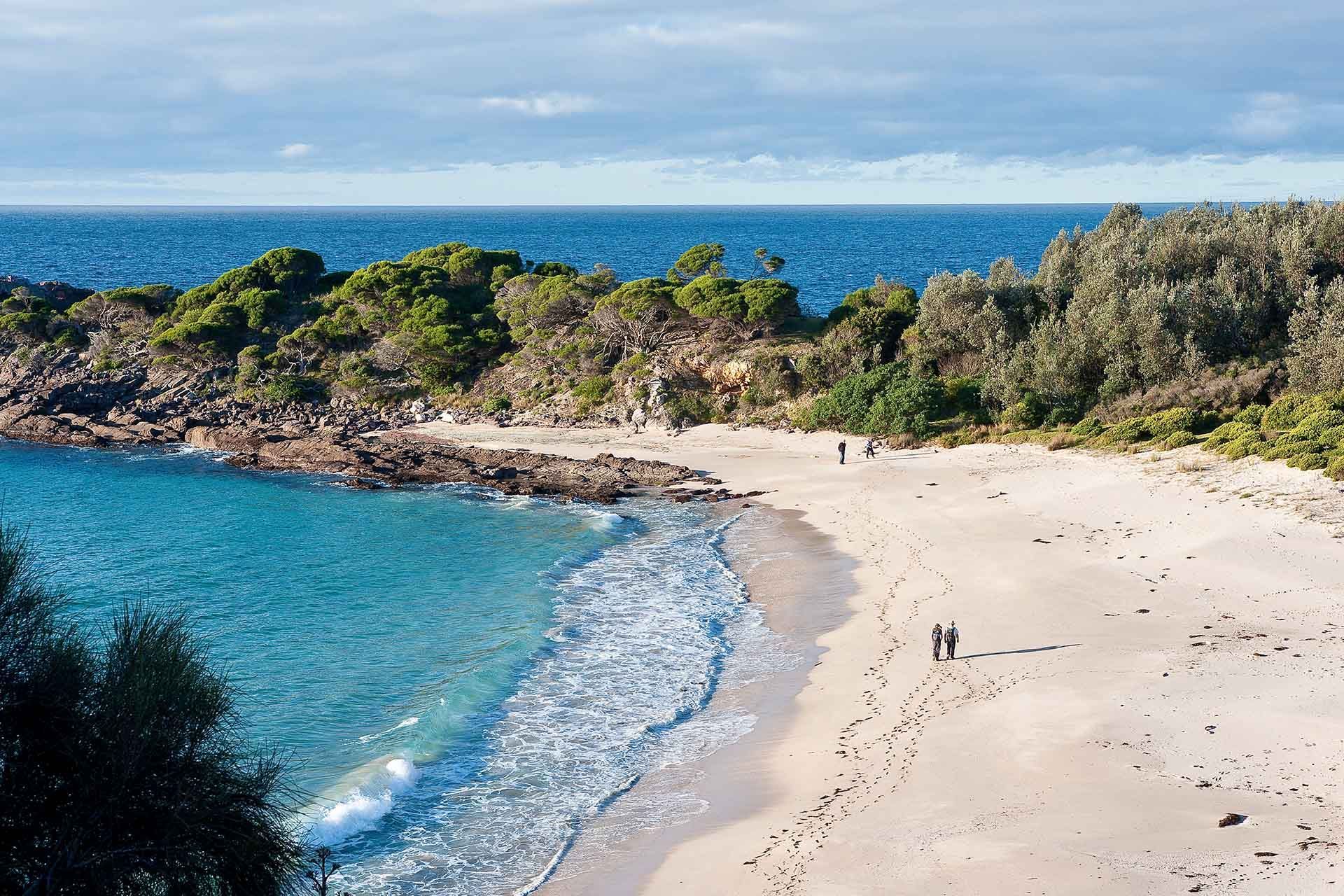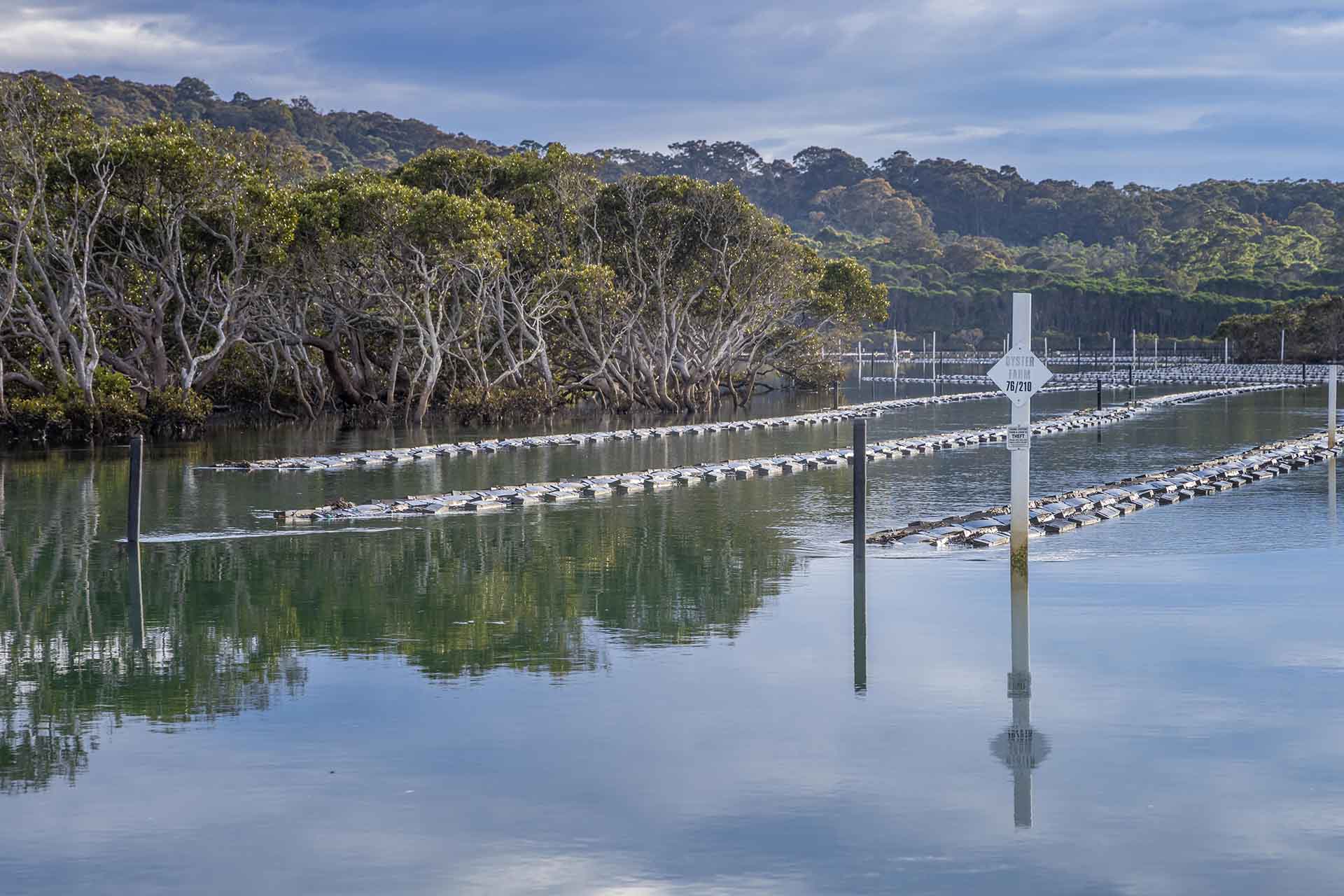Top 10 Whale Watching Spots
land-based whale watching
Are you ready to embark on a land based whale watching adventure? The Sapphire Coast is a sanctuary for migrating humpback whales and southern right whales who come extremely close to shore with their calves between August and November each year on their southern migration. This rare behaviour makes them easily visible from land, and is one of the reasons that the Sapphire Coast is considered one of the best whale watching destinations in Australia.
The Sapphire Coast is dotted by stunning headlands, rocky outcrops, winding coastal trails and elevated lookouts in our national parks and coastal reserves, with ample opportunity to spot whales out at sea. Lace up your walking shoes, pack your binoculars and get ready to head out on a whale watching adventure along our ancient coastline. The best time is the early morning or late afternoon when the sun is low in the sky. It will light up the whale’s ‘blow’ as they surface to breathe and you are likely to get the calmest weather of the day.
Although peak numbers of humpback whales are seen during the southern migration, keep your eye out from May to August as you may be lucky enough to spot them as they travel to their breeding grounds in northern Australia! Historically, the humpbacks have tended to keep a wider berth from the coastline during the northern migration, but each year we see more numbers close to the coast.
Don't forget to tag us in your photos!
@sapphirecoastnsw #sapphirecoastnsw #sapphirecoastwhaletrail
1. Green Cape Lighthouse
Spectacular
Green Cape Lighthouse is situated on a rugged rocky peninsula south of Eden, with panoramic across Beowa National Park in the north and Nadgee Nature Reserve to the south, stretching all the way to Victoria. It is the southernmost lighthouse in New South Wales. It is a fantastic whale-watching location in spring, and keep an eye out year-round for resident seals, dolphins, sea eagles and the occasional albatross! Green Cape offers the rare chance to stay overnight at the
Lightstation Keeper’s Cottages, the perfect base from which to enjoy peaceful mornings on the veranda, cosy nights by the fire and days filled with nature. If you feel like a multi-day hiking trip with whales on the agenda, consider the stunning 30km
Light to Light Walk from Boyds Tower to Green Cape Lighthouse.
2. tathra headland lookout
Located at the top of town, accessible Tathra Headland lookout offers magnificent ocean views out to the South Pacific and Tathra Beach, where whales are known to come in close with their calves to shelter and feed. Stroll the all-abilities 300-metre
Tathra Headland Walk, featuring a series of boardwalks and walking paths as well as an elevated viewing platform, beautifully crafted from reclaimed wharf timbers. The walk leads to iconic
Tathra Wharf, another premier location for spotting dolphins, soaring sea birds and of course whales. While you're at the wharf, grab a delicious coffee and a bite to eat at
The Wharf Local, whilst admiring the stunning views.
3. Long Point lookout
Just 5 minutes from Merimbula,
Long Point lookout provides epic coastal views to the South Pacific, Merimbula Bay and
Middle Beach. Its purpose-built fenced viewing platform is a great place to take the kids and the binoculars. Enjoy the 2km return winding bush walk through tea tree forest, and keep an eye out for the resident yellow-tailed black cockatoos that often congregate in the melaleuca treetops. For those inclined for a longer walk, enjoy an extended stroll all the way from Long Point to Merimbula, incorporating the new 900m
Lake Street Shared Path as well as scenic stop-offs at
Merimbula Wharf,
Bar Beach and
Spencer Park along the way.
4. Murunna Point
Located a 10 minute drive north of Bermagui, stunning
Murunna Point fringes the mouth of
Wallaga Lake beneath the shadow of Gulaga (Mount Dromedary). Its headland offers uninterrupted ocean views perfect for whale-spotting, as well as views to iconic
Horse Head Rock and
Camel Rock. Park at Wallaga Lake Reserve and follow the walking trail along the edge of the lake to the point, or park at Camel Rock Beach car park and follow the 1.5km walking track from Camel Rock to Murunna Point, with elevated viewing platforms along the way. Murunna Point is a culturally significant place to the local Yuin people, and it is asked that you stay on the marked walking tracks to avoid impacting cultural sites.
5. boyds tower
Boyds Tower is a 30 minute drive from Eden, located at the northern tip of stunning
Beowa National Park. Boyds Tower offers two impressive lookouts - one to the north, and the other overlooking Twofold Bay. Twofold Bay is the third deepest harbour in the southern hemisphere, and its protected waters provides shelter and abundant food for travelling whales. Boyds Tower was originally built in 1843 as a whale spotting tower, and the surrounding area is steeped in maritime and whaling history. Follow the self-drive
Killer Whale Trail to explore more of the surrounding historical sites in Eden and Beowa National Park.
6. Bermagui Blue Pool lookout
You will find
Bermagui Blue Pool lookout just a 2 minute drive from town, offering stunning views from Montague Island in the north, to Goalan Head in the south. The wheelchair-accessible viewing platform is perched upon the cliffs, just meters from the car park and amenities area. Scan the sea for whales, as well as the resident seals who often play just off the rocks. If you're feeling brave, iconic Bermagui Blue Pool is one of the Sapphire Coast's must-swim locations and perfect for a refreshing spring dip!
7. Eden rotary lookout
Eden Rotary lookout
is just a 2 minute drive from Eden's main precinct, and is one of the best whale watching vantage points along the Sapphire Coast. With stunning views over Twofold Bay, Nullica Bay and the surrounding rugged coastline, scan for humpback whales as well as sea eagles, albatross, dolphins, seals and of course the legendary and rare killer whales. An optional 1.5km return walk leads through Rotary Park and offers several more vantage points.
8. haycock Point
Haycock Point
is located between Eden and Pambula, at the northernmost tip of Beowa National Park. Its iconic Devonian red rock is a significant geological feature of the Sapphire Coast, dating back approximately 350-million years. From Haycock Point picnic area, take an easy 10 minute stroll along the grassy track to the point, offering expansive views from Merimbula Bay in the north to Lennards Island in the south. Humpback whales often cruise close by, and Southern Right whales have been known to shelter close to shore along Long Beach in the winter months. If you feel like stretching your legs a little more, take the 6km return Haycock Point to Barmouth Beach walking track, following the headland on the southern shore of the Pambula River estuary, all the way to picturesque Barmouth Beach.
9. Tura headland lookout
Take a drive to
Tura Headland, located 10 minutes north of Merimbula. The walking track follows a scenic 1.6km return trail through melaleuca archways, leading to a three elevated lookout platforms. Enjoy the views to Short Point in the south and to Bournda Island in the north. Tura Headland is home to a number of threatened species including long-nosed potoroos and eastern pygmy possums. Take a stroll to
Dolphin Cove on the northern side of the headland, popular for swimming, snorkelling and long beach walks.
10. wajurda Point Lookout
Wajurda Point lookout
is a 10 minute drive from Tathra, located in stunning Mimosa Rocks National Park. From the carpark, the walking track leads through a forest of spotted gums and coastal heath to a small but breathtaking lookout, perfect for whale spotting. While you are here, explore Nelson Lagoon
and Moon Bay, some of the prettiest spots on the coast.
Share
